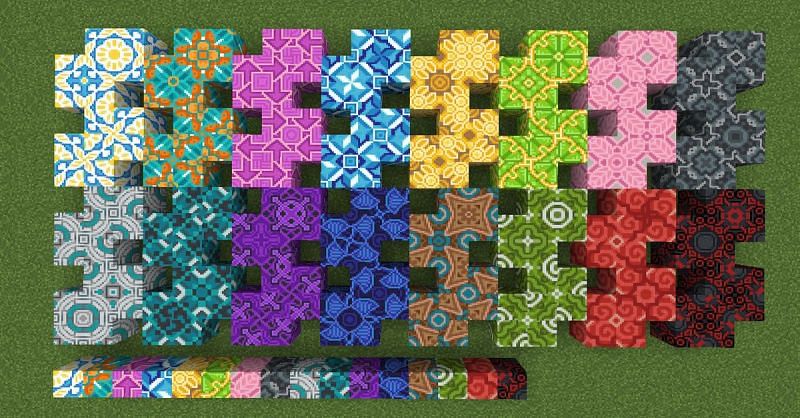

Furthermore, trees and grass are uncommon because they appear only atop wooded badlands. While all badlands biomes are rich in unique building materials and gold ore, there are no passive mobs. Additionally, extra gold ore generates up to elevation Y=255 (rather than the normal Y=32), and at much higher rates than the rest of the world, making badlands tunnels excellent sources of gold. Their supporting planks and fences are made of dark oak rather than oak. Mineshafts generate at much higher elevations in these biomes, often exposed to fresh air. Normal badlands and eroded badlands often appear on the two banks of a river.Ĭactus and dead bushes generate frequently across the landscape, similarly to deserts, but dead bushes are more common than in deserts, and cactus are rarer. The underwater surface is covered with a layer of orange terracotta, and in shallow water, sometimes interspersed with some white terracotta in deep water, sometimes interspersed with some gravel.īadlands biomes can usually be found bordering deserts, and they usually do not border oceans, but they can also generate by the ocean in areas with mountain peaks.

At low altitudes, the terrain surface is weathered into a layer of red sand (or red sandstone if floating), with orange terracotta under it extending to Y=63. At high altitudes, the topmost layer of stained terracotta is often weathered into regular terracotta, most often on plateau tops. Badlands biomes feature large mounds of terracotta bands, in layers of various colors specifically, red, orange, yellow, white, light gray, brown, and regular terracotta may all naturally generate.


 0 kommentar(er)
0 kommentar(er)
